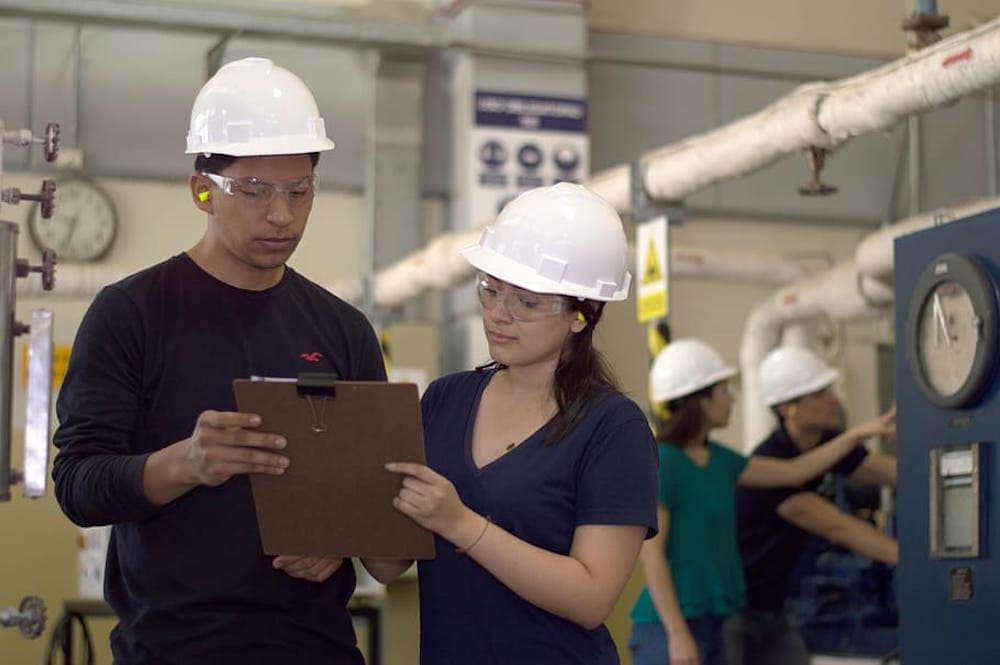
[Image above] Companies involved in the advanced ceramics supply chain are taking several steps to ensure continuity during the COVID-19 pandemic. Credit: Pxfuel
Doing business during the COVID-19 pandemic is a constantly evolving challenge.
To get a handle on how the ceramic and glass industries have been affected and—maybe most importantly, what the business landscape might look like in the months ahead—organizers of Ceramics Expo 2020 surveyed industry executives.
Some of the results were released in a webinar this week and discussed in a virtual roundtable of industry executives held via Zoom’s teleconference application.
The survey was conducted at the end of April and more than 170 executives responded. Nearly half of them (46%) were C-level executives, vice presidents, or directors; 67% were from small to midsized companies; and 81% were from companies based in North America.
Participating in the online discussion were Mark Wolf, vice president of Kyocera Corp.’s Fine Ceramics Group, who moderated the discussion; Landon Mertz, CEO of Rochester, N.Y.-based Cerion Nanomaterials; Rudy Olson, general manager and chief technology officer of Australia-based CFOAM; and Geoff Randle, executive vice president of St. Petersburg, Fla.-based Precision Ceramics USA.
While many companies in the industry were deemed essential and permitted to remain open during lockdowns, many also reported steep cutbacks in manufacturing capacity as social distancing requirements and supply chain problems slowed production, the survey found.
Coming off a strong economy in 2019, many companies started 2020 with a good backlog of orders. But the emergence of the virus in Asia began to create supply chain bottlenecks and some businesses—11%—began to see an economic impact as early as January, the survey found. Another 19% began to feel the impact in February, and by March, 60% of the survey respondents had been impacted.
With major industries such as oil and gas, aerospace, and automotive essentially shut down, many businesses that supply them urgently needed financial help—21% said they could operate only one to four months without financial assistance, while another 12% said they could operate only five to six months without help.
Mertz cautioned that the federal government’s Paycheck Protection Program was set up only to support payroll and not provide help for supply chain backups or problems with accounts receivable.
He also suggested that merger and acquisition activity will pick up at some point. “Some of the weaker companies will be M&A targets, no doubt about that,” he said.
The challenges in getting back to business again will be substantial, but there will also be opportunities, the roundtable participants said.
Olson said his company’s ability to switch to second sources for critical materials was, and will continue to be, essential to smooth operations.
Randle said his firm has adapted to communicating and meeting electronically and to building and stocking a larger supply of raw materials. “The key is flexibility,” he said.
Mertz recommended creating a plan now, including working with lenders, for what may be a second or even third wave of the pandemic. “Have your game plan laid out,” he said.
Wolf said Kyocera has moved to around-the-clock manufacturing to make up for slowed production due to social distancing safety guidelines.
The changes are here to stay, he said.
“I think this is our new normal,” he said. “Holding on to the old ways is a big mistake.”
About the author
David Holthaus is content editor of Ceramic & Glass Manufacturing, ACerS new B2B magazine. Learn more about C&GM and check out the latest issue here.
Author
David Holthaus
CTT Categories
- Manufacturing


